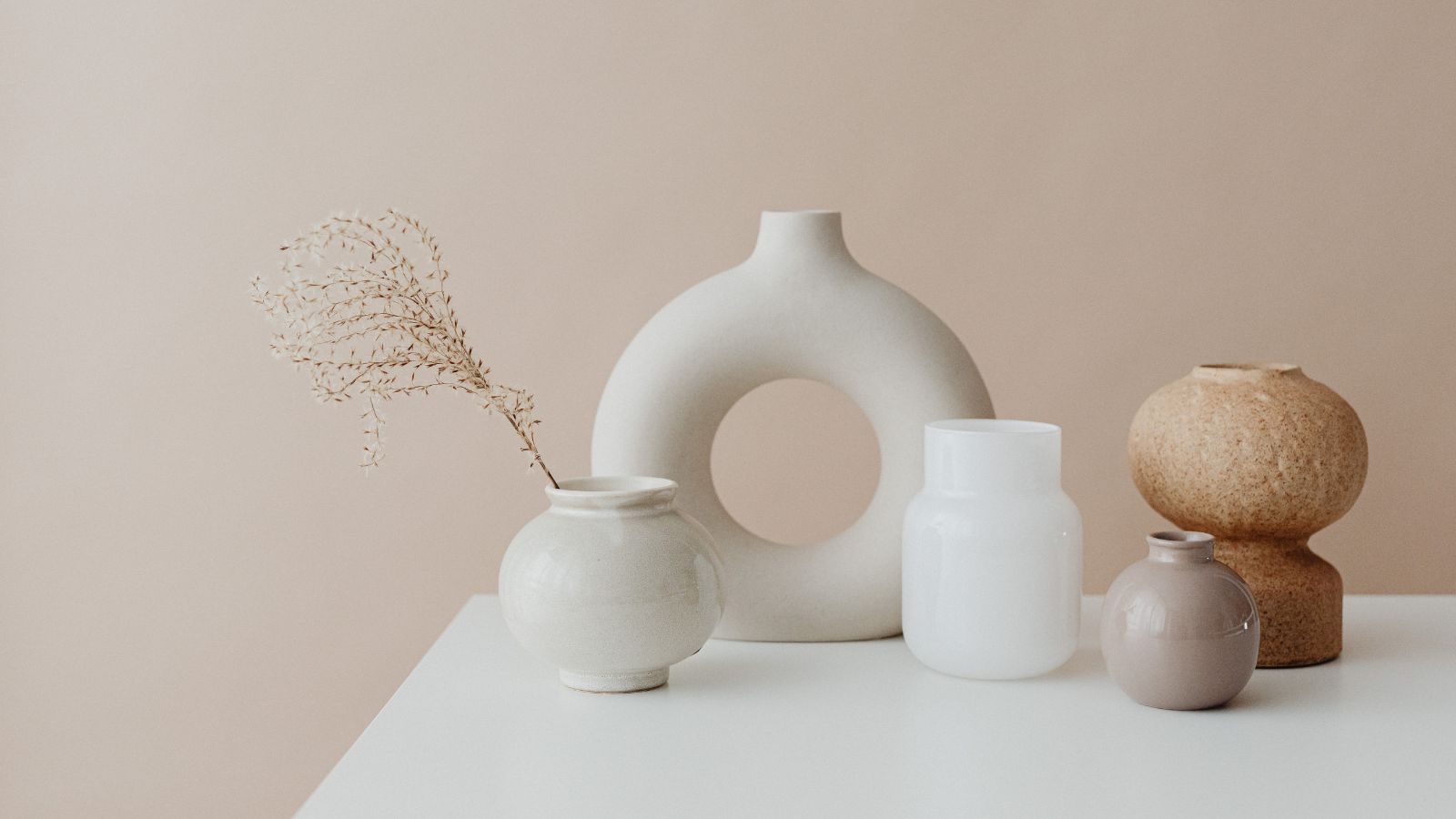When it comes to selling your home, first impressions matter. Potential buyers make snap judgments within seconds of entering a property, and that’s where home staging plays a crucial role. Home staging is the art of presenting your home in the best possible light to appeal to a wide range of buyers. Last time, we explored the psychology of home staging and why it works to sell a home quickly and profitably. This week, let’s explore the do’s and don’ts of home staging to help you bring the power of that knowledge to life!
Home Staging Do’s
Declutter and Depersonalize
- Do remove personal items and excess clutter.
- Do create a neutral, inviting atmosphere that allows potential buyers to envision themselves in the space.
Emphasize Curb Appeal
- Do enhance the exterior of your home with well-maintained landscaping—especially when selling a home in summer.
- Do invest in a fresh coat of paint, clean windows, and an inviting entryway.
Proper Furniture Placement
- Do arrange furniture to highlight the functionality and flow of each room.
- Do create conversational seating areas and open pathways for easy navigation.
Use a Neutral Colour Palette
- Do use neutral colours for walls and furnishings to appeal to a broader audience.
- Do add pops of colour through accessories, like throw pillows and artwork.
Maximize Natural Light
- Do open curtains and blinds to let in natural light.
- Do ensure that all light fixtures are working, and consider increasing wattage for a bright, welcoming atmosphere.
Home Staging Don’ts
Overpersonalize the Space
- Don’t showcase too many personal items, family photos, or eccentric decor.
- Don’t make potential buyers feel like they’re intruding on someone else’s home.
Neglect Repairs
- Don’t overlook necessary repairs or maintenance issues.
- Don’t give buyers a reason to negotiate based on the need for repairs.
Too Much Furniture
- Don’t overcrowd rooms with excessive furniture.
- Don’t block natural pathways or hinder the flow of the space.
Dark & Dated Decor
- Don’t stick to dark or overly specific decor that might not appeal to a broad audience.
- Don’t use outdated furnishings or accessories.
Ignoring the Importance of Staging
- Don’t assume your home will sell itself without proper staging.
- Don’t underestimate the impact of a well-staged home on potential buyers.
Effective home staging can make a big difference in the selling process, helping your property stand out in a competitive market. By sticking to these do’s and avoiding the don’ts, you can create a welcoming and appealing environment that resonates with a wide range of potential buyers. Remember, the goal is adding warmth and personality to your home to make it feel inviting, neutral, and ready for someone new to make it their own.

 Facebook
Facebook
 X
X
 Pinterest
Pinterest
 Copy Link
Copy Link

